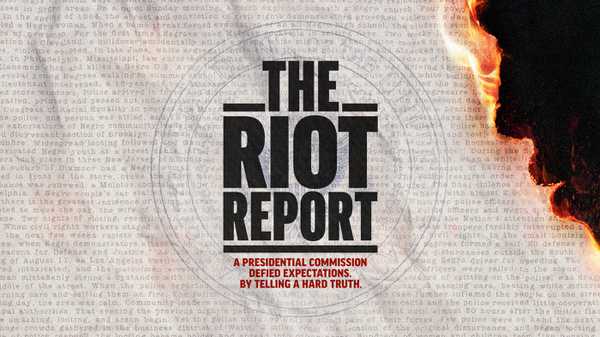Book Burnings in Germany, 1933

On May 10, 1933, university students in 34 university towns across Germany burned over 25,000 books. The works of Jewish authors like Albert Einstein and Sigmund Freud went up in flames alongside blacklisted American authors such as Ernest Hemingway and Helen Keller, while students gave the Nazi salute. In Berlin 40,000 people gathered to hear German Minister of Public Enlightenment and Propaganda Joseph Goebbels give a speech in Berlin's Opera Square. He declared "the era of extreme Jewish intellectualism is now at an end. ... The future German man will not just be a man of books, but a man of character. It is to this end that we want to educate you. ... And thus you do well in this midnight hour to commit to the flames the evil spirit of the past." Radio stations broadcast the Berlin speeches, songs, and ceremonial incantations to countless German listeners. Widespread newspaper coverage called the "Action against the Un-German Spirit" a success. The Nazi war on "un-German" individual expression had begun.
Destroying Ideas
As early as two weeks before, American organizations like the American Jewish Congress knew of the planned book burnings and launched protests. With her books slated for the bonfires, Helen Keller confronted German students in an open letter: "History has taught you nothing if you think you can kill ideas. Tyrants have tried to do that often before, and the ideas have risen up in their might and destroyed them. You can burn my books and the books of the best minds in Europe, but the ideas in them have seeped through a million channels and will continue to quicken other minds." Similarly, novelist Sherwood Anderson, best-selling author Faith Baldwin, scriptwriter Erwin Cobb, and Nobel laureate Sinclair Lewis declared their solidarity with the banned writers and publicly protested the book burnings. Many writers called to mind the prophetic observation by 19th century German writer Heinrich Heine that "where one burns books, one will soon burn people."
A Sign of the Ultimate Goal
After the bonfires, 100,000 people marched in New York City to protest Nazi policies. Similar demonstrations occurred in Philadelphia, Chicago, and St. Louis. While German newspapers triumphantly reported that Germany was purging itself of Jews and others considered politically or artistically suspect, the American media responded with shock. Newsweek called it "a holocaust of books;" Time a "bibliocaust." Yet the indignation was more rhetoric than true outrage. New York Herald Tribune columnist Walter Lippmann was one of the few journalists reporting on the Nazis who took the book burnings as an ominous sign of the Nazis' ultimate goal. "These acts symbolize the moral and intellectual character of the Nazi regime," he wrote. "For these bonfires are not the work of schoolboys or mobs but of the present German Government ... The ominous symbolism of [this act and] these bonfires is that there is a government in Germany which means to teach its people that their salvation lies in violence."




